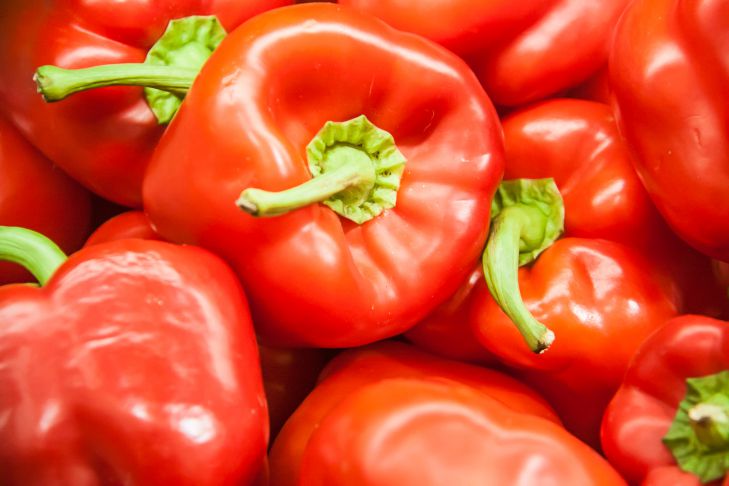How to Properly Form a Pepper Bush: Many Gardeners Don't Know How to Do It
Summer cottage owners often grow peppers on their plots.
After all, they use them for pickling, preserving and freezing for the winter in freezers.
And hot peppers are used to make hot dried peppers, which are added when cooking or to ready-made salads. But in addition to cooking, it is important to properly grow this crop and form a bush, says Anastasia Kovrizhnykh .
The difference between growing in a greenhouse and in open ground
All experienced gardeners understand that in order to collect a large harvest from a bush, it must be formed correctly.
The bush distributes all its energy evenly across the bush, but most of it is spent on the fruits. But if the plant is neglected and overgrown, it will give all its energy to maintain its strength (it will try to survive). The fruits will not receive nutrition and will be slow in development.

However, if the plant does not receive enough nutrients, it will begin to develop more slowly and the fruits will take 2-3 times longer to ripen.
In conditions of limited summer, there is a high risk of not getting a harvest at all. Therefore, pinching out the bush is mandatory and necessary.
In greenhouse conditions, peppers grow rapidly, compared to open ground.
Warm soil and air promote the development of the above-ground part of the pepper and improve the circulation of metabolism within the green part of the bush.
What is it for?
Trimming the side shoots helps regulate the future shape of the bush and the density of leaf growth. This makes it easier to care for and takes less time.
Small bushes do not require much care and attention from the owners of the dacha; it is easier to water them, trim them, care for the soil and control the process of fruit growth.
Sweet pepper
The process of cutting the leaf mass is carried out at the moment of the appearance of the first white inflorescences. At this time, they begin to spread their leaves and branches.
The height of the plant should not exceed 19 cm. After several stages of pruning have been carried out, the countdown to the moment of fruit filling begins. 2 months before this moment, it is necessary to complete the formation.
If a person does not have time to trim the necessary leaves, then it is better to leave them as is.
When the fruits are filled with juice, the green mass should remain at rest in order to focus on the “edible” part of the pepper. Otherwise, all the force will be directed to the leaves, trunk and root system of this crop.
Formation
Most summer residents form bushes with 1-2 shoots, this increases the area of growth of the bush and helps to control the approximate ripening time of the peppers themselves.
All work is divided into several simple stages:
1) when the plant is planted in a permanent place of growth, it begins to be monitored as soon as it reaches 19 cm. The bud that appeared first on the bush is removed without allowing it to open, if several more ovaries appeared along with it, they also need to be removed. The first fruits slow down development, if they are not removed, the plant will give all its strength to them and will not grow further and will not give more peppers.
2) After 10 leaves have appeared, the growth of the bush begins to be closely monitored. The tops, or rather the last upper leaves, need to be torn off. This will stop the plant from growing upwards, and it will begin to give all its strength to the sides, to the lateral shoots.
The health of peppers depends on monitoring the stages of bush development. After all, these are bush plants. They differ in growth height. There are interdeterminate and determinate. The former have no growth restrictions, they can be 2-3 meters. The latter stretch only to a certain height, after which they stop developing.
Earlier we listed 5 jobs at the dacha that you can refuse in the spring.
